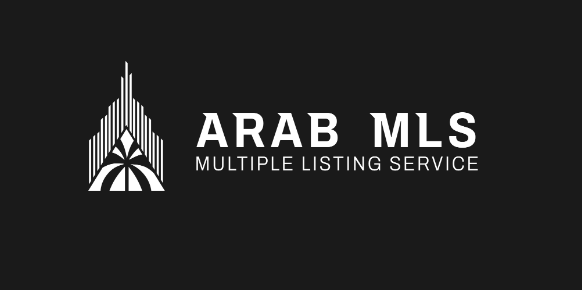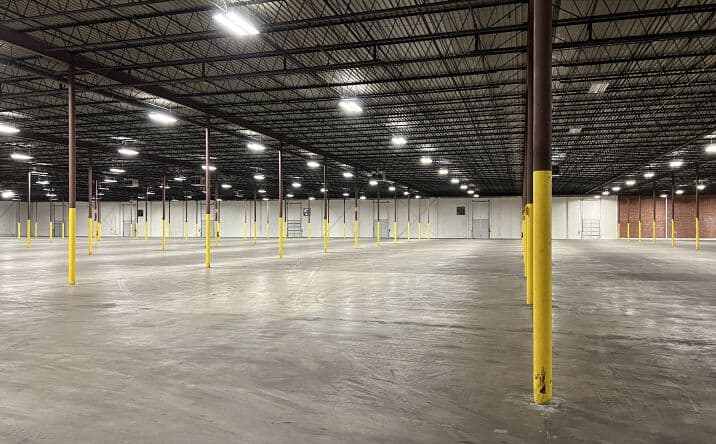In the digital real estate industry, access to Multiple Listing Service (MLS) data is a cornerstone for developers, brokers, and platforms that build tools for buyers, sellers, and agents. With the rise of APIs (Application Programming Interfaces) to expose MLS data for applications, websites, and analytics platforms, concerns about performance, fairness, and system integrity have led to widespread adoption of rate limiting and throttling mechanisms.
These two strategies play a crucial role in managing access to MLS data, ensuring that services remain responsive, data providers are not overwhelmed, and users get a fair share of system resources. This article explores what rate limiting and throttling are, how they apply to MLS systems, and best practices for compliance and optimization.
What is Rate Limiting?
Rate limiting refers to the process of restricting the number of API requests a user or client can make in a specific time window. This is usually defined as a set number of requests per second, minute, or day.
For example:
-
An MLS API may allow 1,000 requests per day per API key.
-
It might further restrict usage to no more than 10 requests per second to prevent spikes in traffic.
The primary goals of rate limiting include:
-
Preventing abuse or denial-of-service (DoS) attacks
-
Ensuring fair use among clients
-
Protecting backend systems from overload
-
Enforcing service level agreements (SLAs)
In the MLS context, where data is often subject to licensing and regional rules, rate limiting also helps ensure compliance with terms of use and controls how much data can be pulled or scraped by third parties.
What is Throttling?
Throttling is closely related to rate limiting but focuses more on controlling the pace of traffic after a client exceeds a limit. While rate limiting might return an error when limits are hit (e.g., HTTP 429 “Too Many Requests”), throttling often allows continued use but at a reduced rate or with delays introduced between responses.
Common throttling techniques include:
-
Delayed responses: Slowing down request processing to deter rapid-fire access.
-
Token buckets or leaky buckets: Algorithms that regulate flow based on available capacity over time.
-
Dynamic throttling: Adjusting limits in real-time based on system load or API key behavior.
In an MLS API scenario, a client who tries to download thousands of listing images in a short burst might be throttled to prevent server strain, ensuring that other clients can still access the service without degradation.
Why Are These Necessary in MLS Systems?
MLS data is rich and high-volume, often including:
-
Property listings
-
Photos and videos
-
Geographic and demographic metadata
-
Agent and brokerage information
With hundreds or thousands of clients accessing the same API endpoints simultaneously—especially during peak market hours—uncontrolled traffic could lead to:
-
Slower performance or outages
-
Increased infrastructure costs for the provider
-
Data misuse or scraping beyond license agreements
Moreover, because MLS data is governed by strict rules from regional boards and the National Association of REALTORS® (NAR), it’s vital that data usage is controlled, auditable, and compliant.
Typical Rate Limits in MLS APIs
Rate limits in MLS systems vary depending on the provider, but common patterns include:
| API Type | Limit Example |
|---|---|
| Listings Search | 500 calls/day, 5 calls/second |
| Listing Details | 1000 calls/day, 2 calls/second |
| Media Download (Images) | 2000 images/day |
| Open House Schedule | 100 calls/day |
Some MLS systems may also impose burst limits, which allow higher request rates for short durations, as long as the average rate remains within bounds.
Compliance and Best Practices
To stay within rate limits and avoid throttling penalties, developers should follow these best practices:
-
Use Pagination and Filtering: Request only what you need by applying filters (e.g., listings updated in the past 24 hours) and using pagination to spread data access across multiple calls.
-
Implement Caching: Cache frequent queries and results locally or at the application level to reduce unnecessary repeated requests.
-
Monitor Usage: Track API usage metrics and integrate alerts for nearing or exceeding rate limits.
-
Use Backoff Strategies: When hitting rate limits, implement exponential backoff—wait longer after each failed attempt before retrying.
-
Respect Retry-After Headers: If the API includes
Retry-Afterheaders in 429 responses, use them to determine when to resume requests. -
Read the Documentation: Each MLS API may have different policies, especially regarding authentication, refresh tokens, or quota resets.
How MLS Providers Enforce Limits
Enforcement methods vary. Some MLS systems rely on commercial platforms like RESO Web API or Bridge Interactive, which have built-in rate limiting and developer portals. Others build custom enforcement tools using API gateways such as:
-
Amazon API Gateway
-
Kong
-
Apigee
-
NGINX
These tools log requests, track tokens, and automatically block or throttle abusive traffic. In some cases, exceeding rate limits repeatedly can lead to account suspension, IP bans, or even legal action if terms are violated.
Future of Rate Limiting in Real Estate APIs
With increasing adoption of AI, big data, and real-time analytics in the real estate industry, MLS systems face new challenges in balancing access and control. Dynamic and AI-powered throttling may become more common, tailoring limits based on user behavior, history, or role (e.g., broker vs. developer).
Also, APIs may adopt tiered rate limits, offering higher quotas to premium users or partners, much like SaaS platforms.
Ultimately, the trend is moving toward smarter rate limiting: not just limiting volume, but aligning access with business value and user needs.
Conclusion
Rate limiting and throttling are not just technical controls—they’re vital governance tools for protecting the performance, security, and integrity of MLS data platforms. By understanding how these mechanisms work and designing applications with compliance in mind, developers and businesses can build scalable, reliable tools while maintaining fair access to critical real estate data.
Frequently Asked Questions
What is the difference between rate limiting and throttling in the context of MLS data access?
Rate limiting and throttling are often used interchangeably, but they have distinct roles:
-
Rate Limiting refers to the act of restricting the number of API requests a client can make within a given timeframe. For example, an MLS API may only allow 1,000 requests per day per user. If the limit is exceeded, the server will typically respond with an HTTP
429 Too Many Requestsstatus code and block further requests until the window resets. -
Throttling is a mechanism to slow down the rate at which requests are accepted or processed. Instead of rejecting a client outright, the server may delay responses or reduce the allowed rate. Throttling is often used to gradually reduce request capacity, rather than abruptly blocking it.
In summary:
-
Rate limiting = hard cap (block after limit).
-
Throttling = slowdown mechanism (continue, but slower).
Why are rate limits necessary for MLS APIs?
Rate limits serve several critical purposes in the context of MLS data access:
-
Performance Protection: Prevents system overloads caused by excessive API requests.
-
Fair Usage: Ensures all clients get a fair share of access to MLS resources.
-
Compliance: Helps enforce data licensing agreements and usage restrictions defined by MLS organizations and governing bodies like the NAR.
-
Security: Protects against abuse, such as brute-force attacks or scraping of sensitive listing data.
-
Cost Management: Reduces unnecessary backend compute and bandwidth usage, helping API providers manage infrastructure costs.
In real estate, where data freshness and reliability are key, rate limiting helps maintain system integrity and user trust.
What happens if an MLS API rate limit is exceeded?
When a client exceeds the allowed rate limit on an MLS API, several outcomes are possible depending on the implementation:
-
HTTP 429 Response: The server will typically return a status code
429 Too Many Requeststo indicate the rate limit has been hit. -
Retry-After Header: Some APIs include a
Retry-Afterresponse header indicating how long to wait before sending new requests. -
Throttling Activation: The API may begin throttling instead of blocking completely, adding delays between responses or reducing allowed request rates.
-
Temporary Suspension: For repeated violations, the API key or user account may be temporarily disabled.
-
Permanent Ban: In severe or repeated abuse cases, the client’s access can be permanently revoked, especially if contractual terms are breached.
Developers should handle such responses gracefully and implement automated retry logic using backoff strategies.













